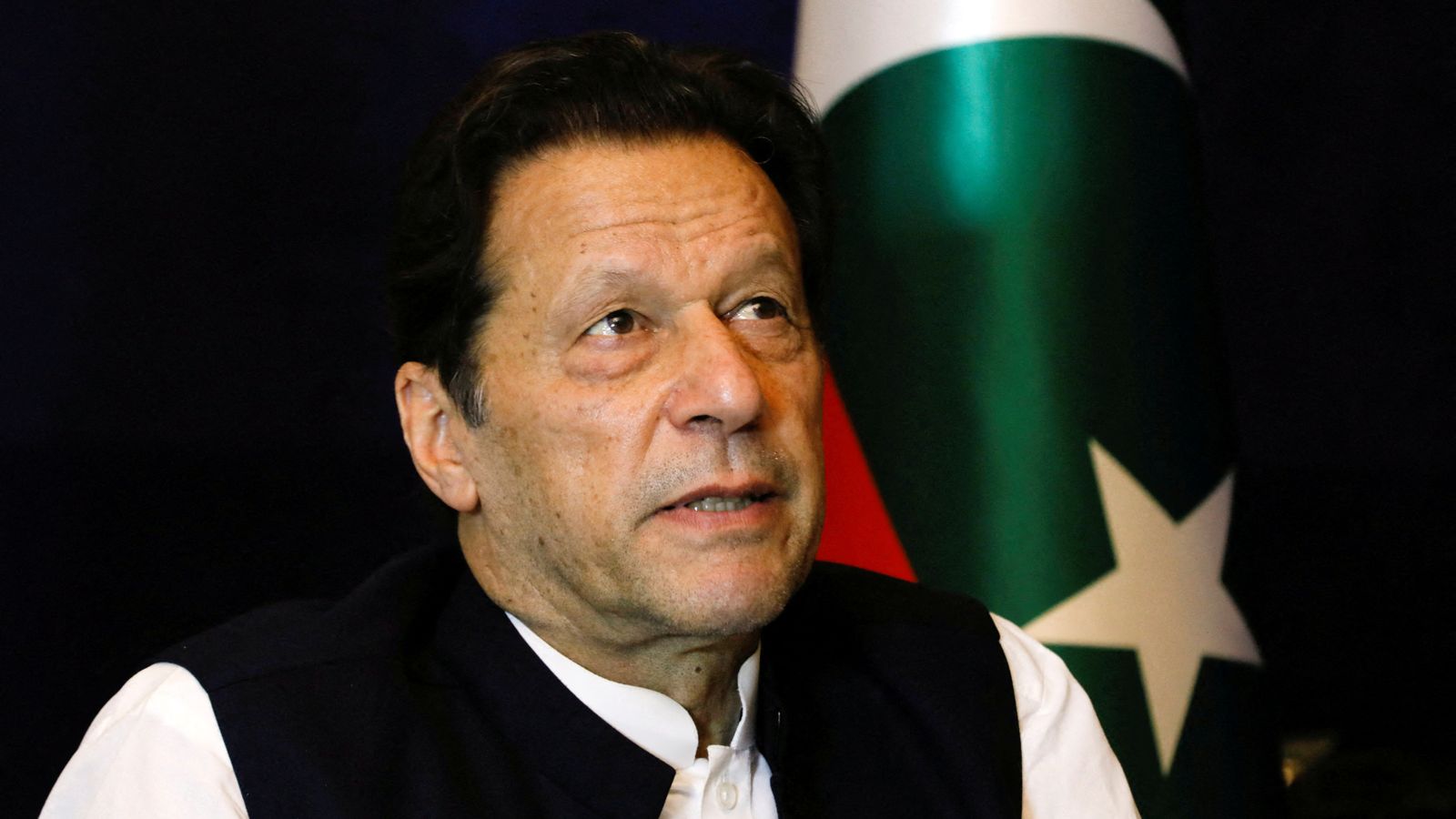Imran Khan is suffering from isolation, his sister said, after weeks of not being able to see his family.
Khan has been in jail since his August 2023 arrest after he was handed a three-year jail term for illegally selling state…

Imran Khan is suffering from isolation, his sister said, after weeks of not being able to see his family.
Khan has been in jail since his August 2023 arrest after he was handed a three-year jail term for illegally selling state…